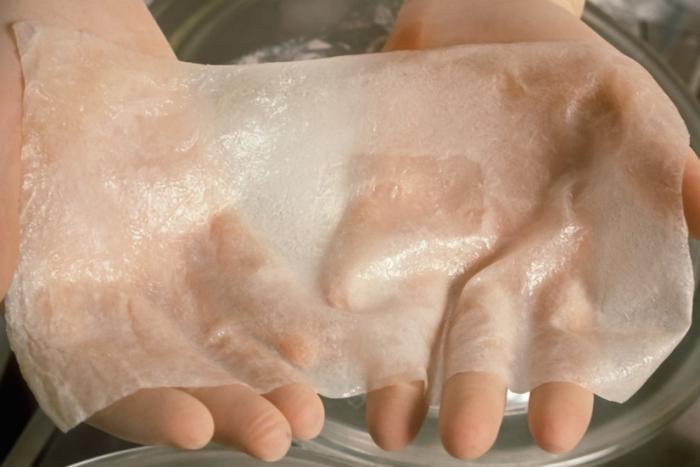Genetically engineered skin grafts may help with diabetes, obesity
Scientists have started to test therapeutic skin grafts that aim to manage glucose levels and body weight in cases of diabetes and obesity. They have recently been tested on wild type mice for the first time, which yielded promising results.
A new study conducted by scientists from the University of Chicago in Illinois genetically engineered – and tested – therapeutic skin grafts aimed at managing diabetes and obesity. They used clustered regularly interspaced short palindromic repeats (CRISPR) technology, which allows scientists to alter the genome with a greater amount of precision.
“This paper is exciting for us because it is the first time we show engineered skin grafts can survive long-term in wild type mice, and we expect that in the near future this approach can be used as a safe option for the treatment of human patients,” says Dr. Wu.
The researchers worked with skin stem cells from newborn mice, editing them to release a controlled amount of glucagon-like peptide-1 (GLP-1), a hormone with a key role in insulin secretion and which is used in diabetes treatments.
Dr. Wu and his colleagues decided to work with skin grafts, because, they explain, “[s]kin is a tempting target organ, providing a long-lasting, safe, and affordable way to deliver GLP-1 through somatic gene transfer.” Engineered skin can also be edited to ensure compatibility with the receiver of the graft.
The researchers are confident that their results are an important stepping-stone in managing diabetes and obesity and have the potential to contribute to patients’ well-being.
“We didn’t cure diabetes, but it [skin engineering] does provide a potential long-term and safe approach of using skin epidermal stem cells to help people with diabetes and obesity better maintain their glucose levels.”
Dr. Xiaoyang Wu
The experiments are still in their early stages, however, and the researchers explain that they will need go on observing the mice to ascertain the “lifespan” of the skin grafting procedure, as well as register any unfavorable reactions of the immune system.
“With this wild type mouse model, we will be continue to monitor how long this approach can stay effective and whether any immune reaction to the GLP-1 protein could develop, which are some of the most important factors we’re considering,” says Dr. Wu.
The researchers are also interested in learning whether or not engineered skin could be used therapeutically to manage genetic disorders such as hemophilia.
“We focus on diabetes because it’s a common disease, but this is a potential strategy to treat a range of metabolic and genetic conditions,” says Dr. Wu.
———————————————————————————————-
Watch your favorite programs, documentaries, informative packages and latest NEWS(English and Urdu).
Watch Humsub tv Live Streaming here: Humsub.tv
Read English Latest Articles and News here: Humsub
Read Urdu Latest News and Articles here: Urdu News
———————————————————————————————-

